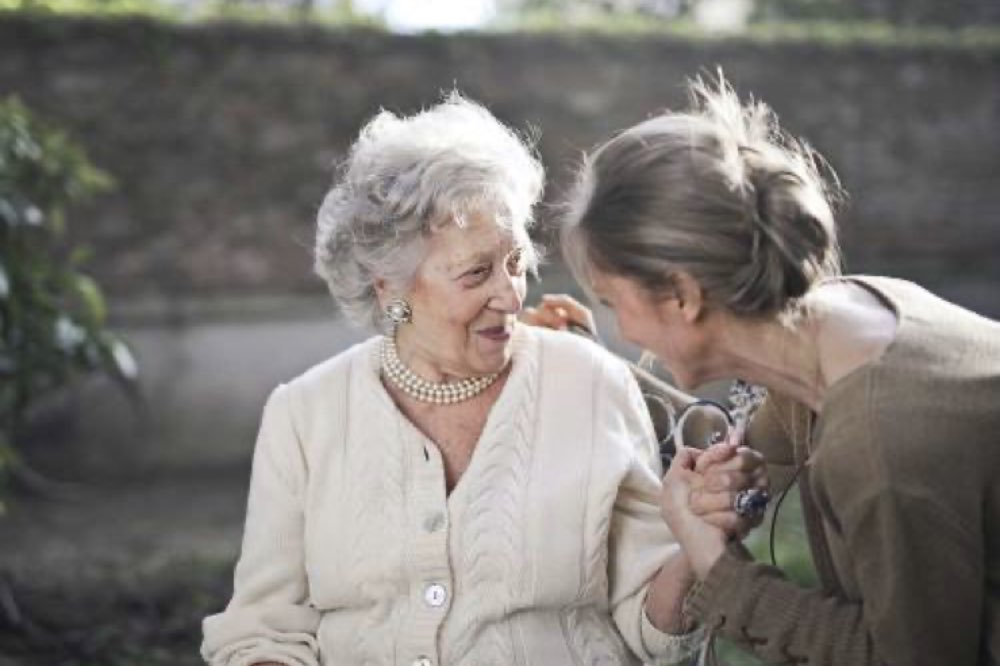
Disruptive Behaviors – Ever Try Lavender Baths?
When it takes three experienced staff members to convince, cajole, and physically coax a resident to take a bath, you know something is not right.
Disruptive behaviors can be managed in a better way.
After several traumatic bathing sessions with Mrs. Delaney*, the staff and management realized they needed a different approach, so they sought the advice of a Montessori-trained social worker on their staff.
The social worker immediately understood what the problem was and she asked them to find out the ‘why’ and to learn something about Mrs. Delaney’s life history.
What was it about having a bath in the residence that made her react the way she did?
Was it because of communicational difficulties?
Or were the disruptive behaviors due to unmet needs or a non-adaptive environment?
She told them that once they had the answers to those questions, they could quickly solve the problem.
So, the staff members met briefly with Mrs. Delaney and some of her family members and found out some interesting facts.
It turned out that Mrs. Delaney absolutely loved the color and scent of lavender. In earlier days, she had tended a beautiful garden that was full of it.
She always created a calming, relaxed ambience for bath time and always used lavender soap.
This important information allowed staff to provide a more caring approach.
They bought lavender soap and prepared a plan.

At bath time, Mrs. Delaney, along with support workers, recreated her past enjoyable olfactive experiences.
The effect was dramatic.
Although the olfactory sense tends to diminish with age, even in healthy adults, it was clear that Mrs. Delaney still enjoyed the scent of lavender.
Mrs. Delaney felt respected and reassured…we restored her dignity. She no longer has unmet needs.
Now, she looks forward to her baths, and the residence saves time and money because they have reduced the resources required to provide that part of Mrs. Delaney’s care.
This kind of relational care benefits caregivers as well because it adds value to their work lives.
*Not her real name.



